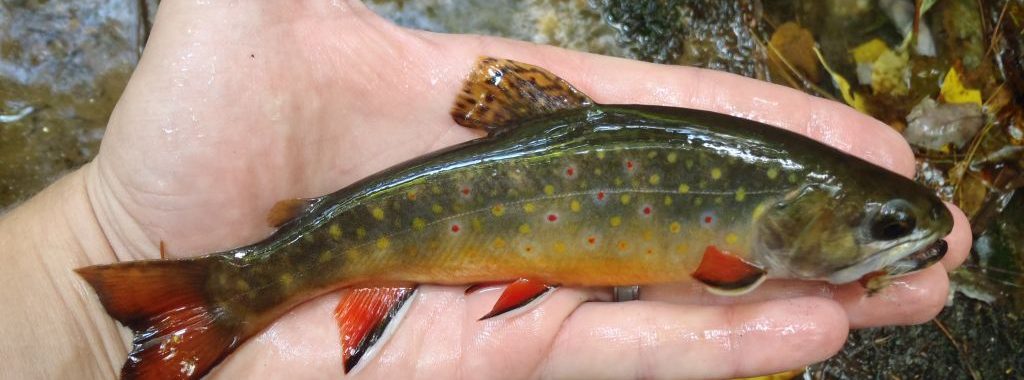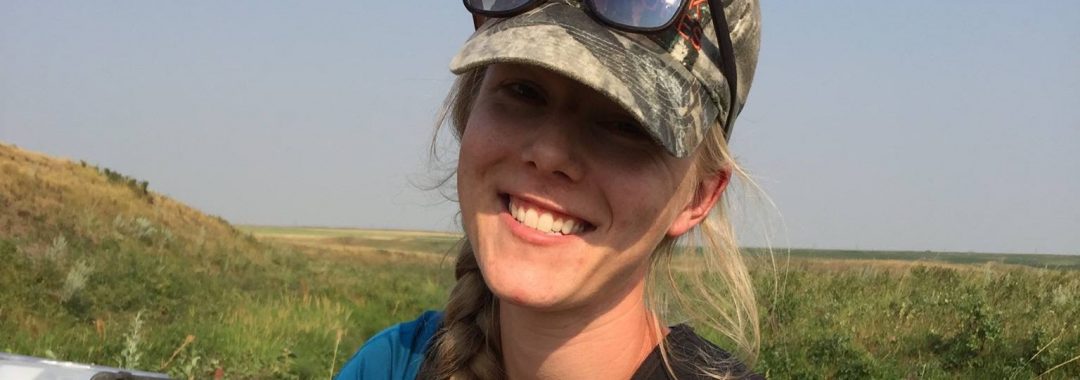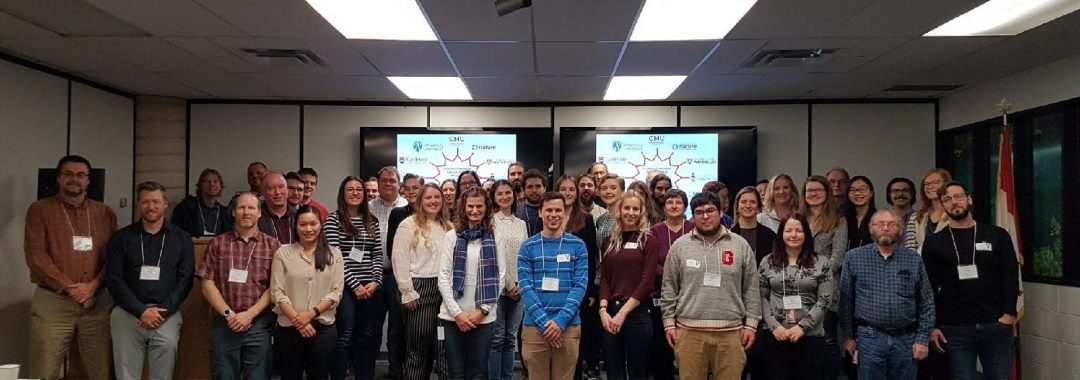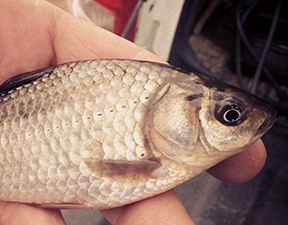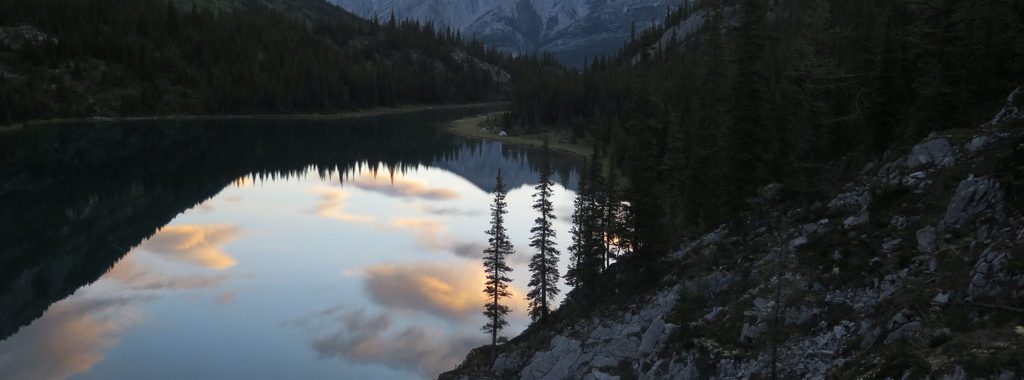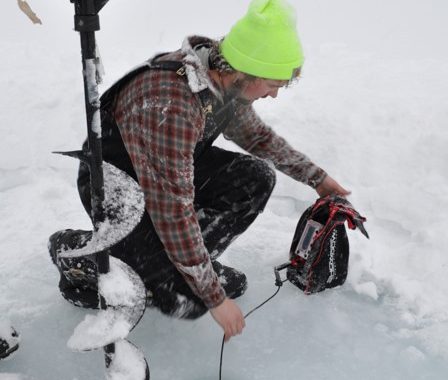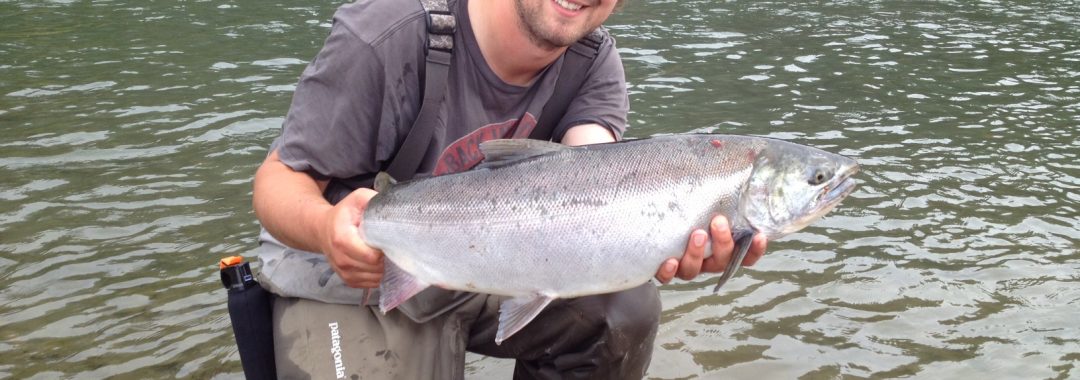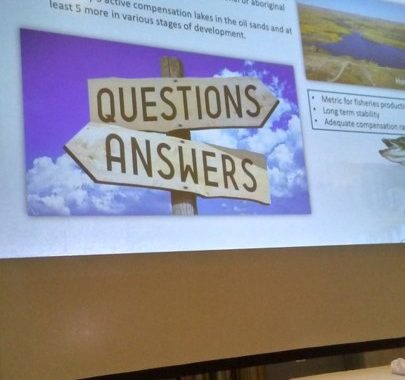Thesis Title: Trace element concentrations in riverine fish: relationships with body size, food web dynamics and trace element concentrations in surface water.
Author: Caitlyn R. Donadt
Abstract
Freshwater fish are an important resource and form an essential component of freshwater ecosystems. However, stressors such as water pollution are negatively impacting freshwater biodiversity. Trace elements can be environmental pollutants and have the potential to negatively impact the health of fish, humans and wildlife. My research builds upon results from a previous study in the Red Deer River watershed, which found trace elements in surface water at concentrations which pose a risk to humans and wildlife. I examine trace element concentrations in fish from the Red Deer River watershed to determine: 1) the concentrations of trace elements in fish tissue and potential risk of these concentrations to humans and wildlife, 2) whether patterns in fish trace element concentrations reflect those in the surface water and 3) if biological characteristics influence trace element concentrations in fish.
To reach these objectives, I examined trace element concentrations in fish muscle tissue from streams and the river mainstem within the Red Deer River watershed. I compared patterns of trace element concentrations in fish to those in the surface water, which vary across four tributary streams, or upstream to downstream in the river mainstem. In both lotic environments, I included physical characteristics (age, body size) as well as food web tracers (stable isotope signatures d15N and d13C) together with trace element analysis. My results show most trace elements were at low concentrations in fish muscle tissue or not detected. However, mercury in many fish exceeded concentration criteria for human consumers, piscivorous wildlife and fish health. Patterns in fish trace elements did not reflect spatial patterns in surface water trace element concentrations and were often species-specific. Correlations between trace element concentrations and fish biological factors varied depending on the fish species and element considered, but the strongest relationships were with mercury. Mercury was often associated with trophic position and body size, but this relationship was stronger in the mainstem community compared to stream fish. This research indicates that trace element accumulation in fish, particularly mercury, is not limited to areas of high environmental concentrations within this watershed.

